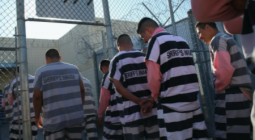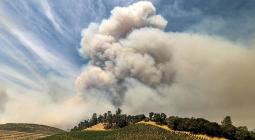California fires 2021: What to know about this year's wildfires
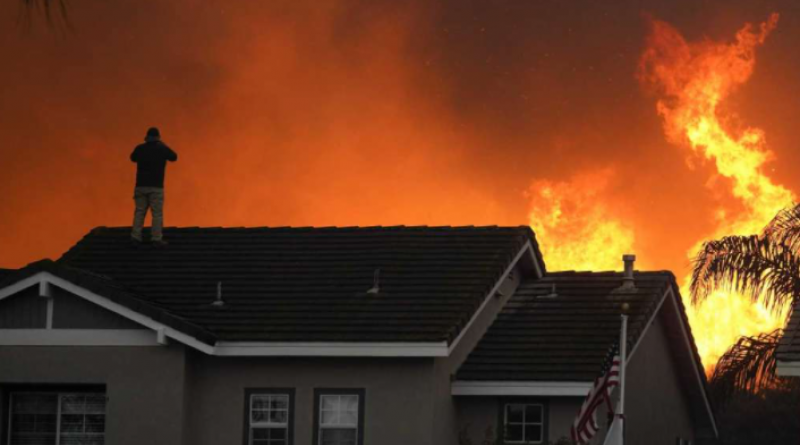
Wildfire season came early this year in the Bay Area after a meager rainy season left the landscape tinder-dry, offering an abundance of fuel for wildland blazes.
In just the past few years, California has seen some of the largest, deadliest and most destructive fires in state history. Last year was a record-buster, with nearly 10,000 blazes burning more than 4 million acres.
Meanwhile, most of the state is in extreme or exceptional drought conditions, prompting Gov. Gavin Newsom to declare a drought emergency in a majority of the state’s counties. All of these factors, plus the arrival of early extreme heat waves, have fire agencies and residents concerned that the state could again be headed into crisis conditions.
What causes California’s wildfires, and why are they getting worse?
• Climate change: One of the main reasons for California’s worsening wildfires is climate change, linked to the burning of fossil fuels. Most of the state’s precipitation comes in the fall and winter months, but in recent years paltry rainfall, worsening drought and warmer temperatures have lengthened the wildfire season.
• Forest management: Another major problem is forest management. In recent years, millions of trees have died across the state from drought and insect spread, exacerbated by changing climate conditions. Offshore winds — Santa Ana in the south and Diablo in the north — help spread the wildfires that spark in late summer and fall.
• The human element: Fires can be triggered by natural causes like lightning strikes, which sparked the giant Bay Area wildfire complexes of 2020. But some of California’s deadliest wildfires were touched off by downed power lines. Pacific Gas & Electric Co. has faced lawsuits and been found guilty of criminal negligence for fires involving its equipment, including the 2015 Butte Fire, the 2017 Tubbs Fire and the 2018 Camp Fire. The 2018 Carr Fire ignited when a tire rim scraped pavement and sent sparks into nearby vegetation. Fireworks from a gender-reveal party set off a blaze in Southern California in 2020.
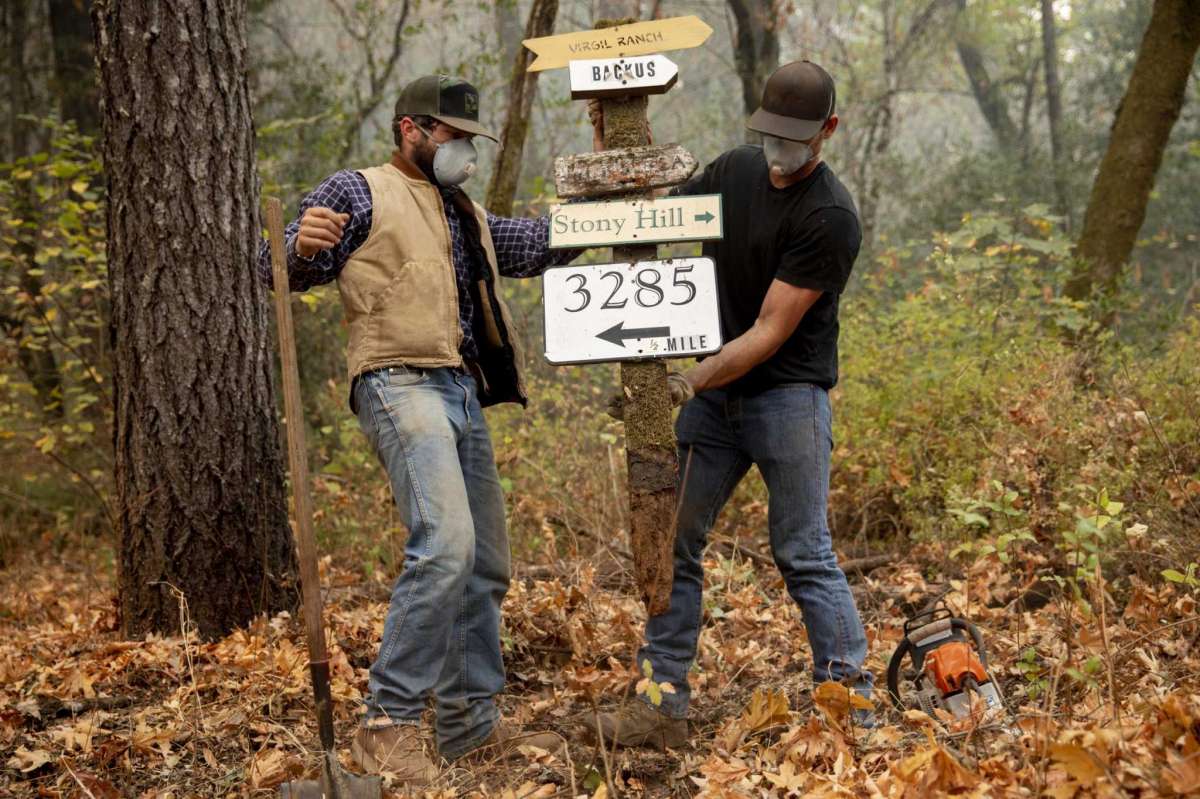
Jessica Christian / The Chronicle
When does fire season start in California, and how long does it last?
Wildfire season in California has traditionally started in June and lasted through November, but the California Department of Forestry and Fire Protection says it is starting earlier and ending later each year across the West Coast.
Officials estimate that fire season in the Sierra Nevada has lengthened by 75 days, and has corresponded with more extensive forest fires across the state. Some fire agencies and experts go so far as to say there is no longer a “wildfire season,” with the threat now looming year-round.
Late summer and fall tend to be the most active with the arrival of hot, dry and powerful winds. In the Bay Area it’s the Diablo winds from the northeast, while Southern California has the Santa Ana winds. By that time of year, fuels have become extremely dry, so once ignited, wind-propelled wildfires can spread quickly and relentlessly.
Fire season is usually “over” when the first significant rainfall event arrives toward year’s end.
Will this year’s fire season be as bad as last year’s?
In August 2020, an extremely rare lightning siege started hundreds of wildfires, scorching a record 4.2 million acres. Experts say such events happen only about once a decade, so we likely won’t see a similar dry lightning event — which mostly eliminates that natural source of ignition except in higher elevations. That means most wildfires that do start will likely be human-caused.
But conditions are ripe for another bad wildfire season that one fire weather expert said will be “dire,” with most of the state already in extreme or exceptional drought, with drier and warmer than average conditions expected throughout the summer. A spate of small fires started around Northern California in January, when PG&E also initiated its first-ever wintertime power shut-offs to prevent fires.
According to monthly and seasonal outlooks through August from the Northern California Geographic Coordination Center, much of Northern California’s higher elevation areas are projected to experience above normal significant fire potential.
Nearly the entire region including lower elevations will be under threat in September and October due to critically dry fuels and offshore winds. The rainy season was very dry, with more than half the region at below 50% of average precipitation levels.
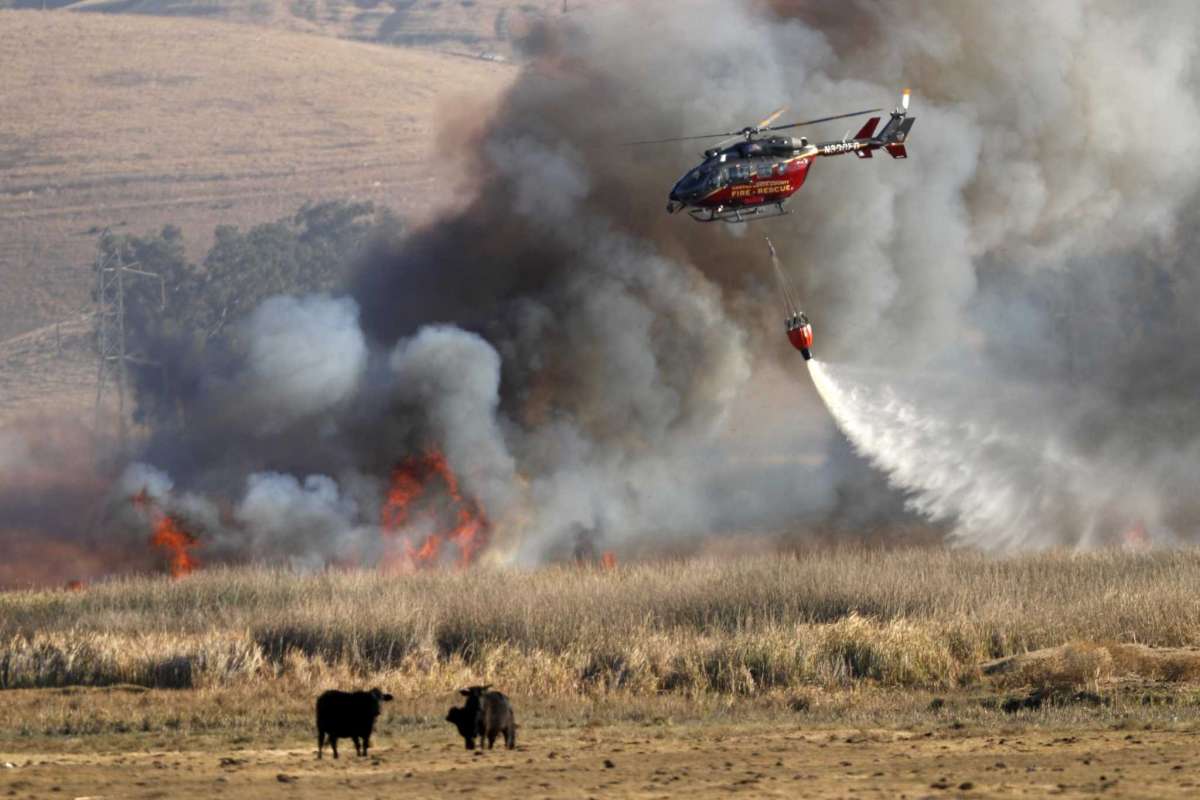
Scott Strazzante
Where can I find out how many wildfires are burning right now?
The Chronicle’s interactive fire tracker shows the fires burning in the Bay Area and across California, with the latest details.
The Cal Fire Incidents page shows a summary of current wildfires across all agencies. As of late June, seven wildfires were burning across the state.
RAIN AND DROUGHT
Is California having a record dry season?
In April and May, Gov. Gavin Newsom extended a drought emergency declaration to include more California counties, bringing the total to 41 out of 58.
California’s baseline rainfall amounts, determined by a 30-year average that gets recalculated every decade, show the state is a “noticeably drier state” through 2020 compared to the previous “normal” calculation from 1981 through 2010. The new normals, on average, show that weather stations in Northern California saw an 8% decrease in precipitation compared to the old normals, with Central California seeing a 5% drop and Southern California with a 12% decline. This year, the snowpack had dwindled to next to nothing by mid-May, at 5% to 8% of normal.
How does drought in California affect fire season?
Drought conditions cause fuels such as grasses and trees to dry out and become more susceptible to burning from wildfires, and also “increase the probability of ignition and the rate at which fire spreads,” according to drought.gov. Unusually warm temperatures, low precipitation and low snowpack can intensify drought, leading to “decreased streamflow, dry soils, and large-scale tree deaths,” thereby increasing the possibility for extreme wildfires.
Will rain help reduce wildfires?
Rainfall can help slow down an active fire, especially because the relative humidity increases. The arrival of a significant rainfall in late autumn or winter is usually the signal that wildfire season is coming to an end.
But rainfall can also trigger other kinds of emergencies. A major storm arriving in an area with burn scars from previous wildfires can lead to landslides. Earlier this year, a storm forced Santa Cruz mountain residents to brace for mudslides and evacuations following the devastating CZU Lighting Complex fires that ignited last August.
PREVENTION AND SAFETY
What is California doing to prevent wildfires?
In January, Gov. Gavin Newsom unveiled a budget that called for the state to spend an additional $1 billion to make the state’s forests and communities more resilient to future blazes. That includes about $536 million allocated to vegetation thinning, forest health projects, grants for homeowners to make structures fire-resistant and money for communities to fund prevention efforts, which was announced in April. It also includes about $400 million to build fuel breaks, which involves removing dense vegetation near communities in hopes of slowing a fire so firefighters have time to get in place and contain a blaze. So far, results of the costly endeavor have been mixed.
Who is responsible for forest management in California?
Federal agencies including the USDA Forest Service, Bureau of Land Management and National Park Service own and manage about 19 million acres, or 57%, of California’s approximately 33 million acres of forest.
State and local agencies, including Cal Fire and park and water districts, own and manage only 3% of forestland, with the remaining 40% owned by families, Native American tribes and companies.
What can I do to help prevent wildfires?
Most wildfires — about 88% from 2016 to 2020 — are human-caused. The Red Cross offers helpful tips about how to prevent wildfires from sparking:
• Campfires and bonfires: Build them only in an appropriate fire pit with surrounding vegetation cleared. Never leave a fire unattended, and completely douse and smother a fire when finished. Never start a fire on a windy day.
• Smoking: Dispose of matches and cigarette butts in a closed container or cup of water. Never leave matches or lighters in the presence of children.
• Yard waste burns: Burn waste only in a 50-gallon drum or fire pit, and don’t burn anything that is highly combustible. Like campfires, don’t leave them unattended, don’t start them on windy days, and ensure the fire is smothered when finished.
• Fireworks: Keep a water source handy, consider wetting down grass before lighting fireworks, and ensure they are completely extinguished when finished. Never let children use fireworks unsupervised or light them on a windy night.
• Cars, tools and combustion engines: Don’t park a hot car or other machine in dry grass. Don’t allow gas or motor oil to spill on vegetation. Off-road vehicles and equipment must have spark arresters when used in wooded areas.
How do I prepare for a wildfire?
Cal Fire recommends homeowners take steps to prepare their homes and properties in the event of a wildfire:
• Create a defensible space, or a buffer between your home and surrounding vegetation, that will help slow or stop the spread of wildfire.
• Harden your home with fire-resistant materials.
• Consider fire-resistant landscaping using fire-resistant plants and shrubs, trees that are less flammable and materials that can act as fire breaks.
• Draft an action plan with your family, know your evacuation routes and practice them, learn your community’s response plan, and create an emergency supply kit.
PG&E/SHUTOFFS
Why does PG&E turn off the power during fire season?
PG&E instituted precautionary power outages for the first time in October 2018, a year after some of its power lines were blamed for the devastating Wine Country wildfires. The shut-offs, which have been controversial, are meant to lower the risk of electrical equipment sparking a wildfire.
The first shut-off affected nearly 60,000 residents in the North Bay and Sierra during a widespread red flag warning. A few weeks later in November, the company declined to shut off the power and powerful winds broke one of PG&E’s transmission lines, sparking the Camp Fire in Butte County, which became the deadliest wildfire in state history.
In fall 2019, the blackouts were much larger, with about 945,000 PG&E customers including more than 2 million people losing power. The state’s top utility regulator demanded PG&E overhaul its planned power outage program, and earlier this year, the company was fined more than $100 million for missteps during those blackouts.
In fall 2020, extreme fire weather resulted in repeated power outages throughout the Bay Area. Earlier this year, PG&E announced it had developed a model to calculate the risk that any portion of the electric system could start a fire and, if so, how much destruction would be caused.
How will I know if my power will be turned off?
PG&E lists planned outages on its PSPS Events webpage. Information on that page will include estimated shut-off and restoration times specific to your address, as well as maps showing the affected areas. The company also provides information about community resource centers offering support such as free bagged ice, Wi-Fi and device charging.
The company says it notifies customers at 48 hours, 24 hours and just prior to shutting off power, sending alerts via automated calls, texts and emails. You can update your contact information with PG&E online or call 866-743-6589.
The Chronicle regularly updates an interactive PG&E power outage map and has a handy FAQ with info for how to navigate power shut-offs.
Kellie Hwang is a San Francisco Chronicle staff writer. Email: kellie.hwang@sfchronicle.com Twitter: @KellieHwang

